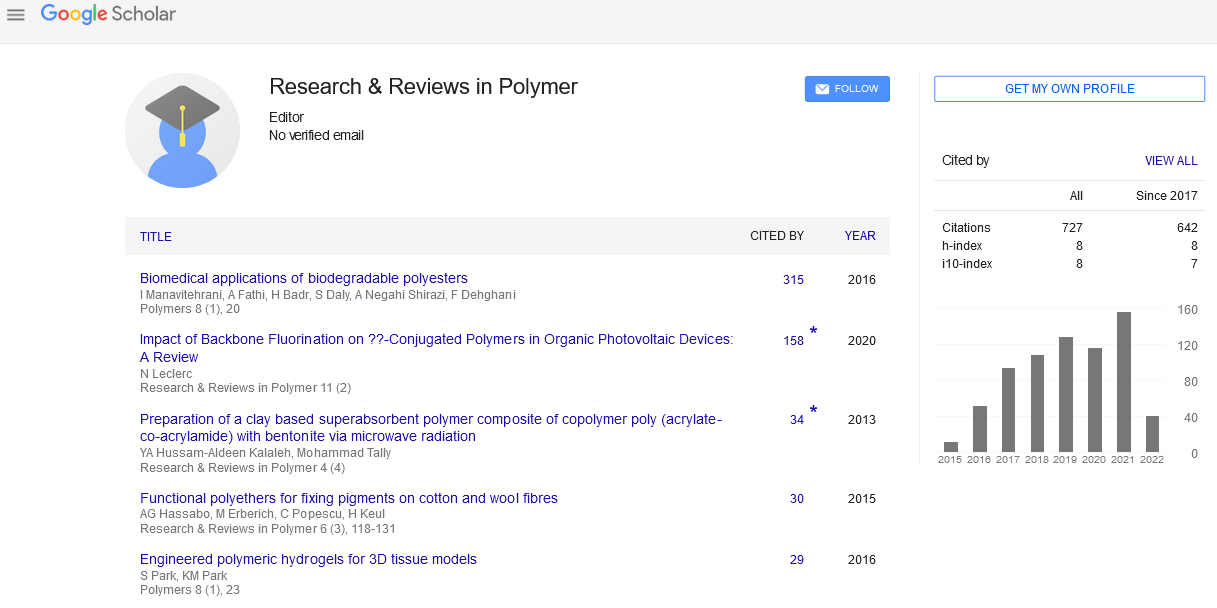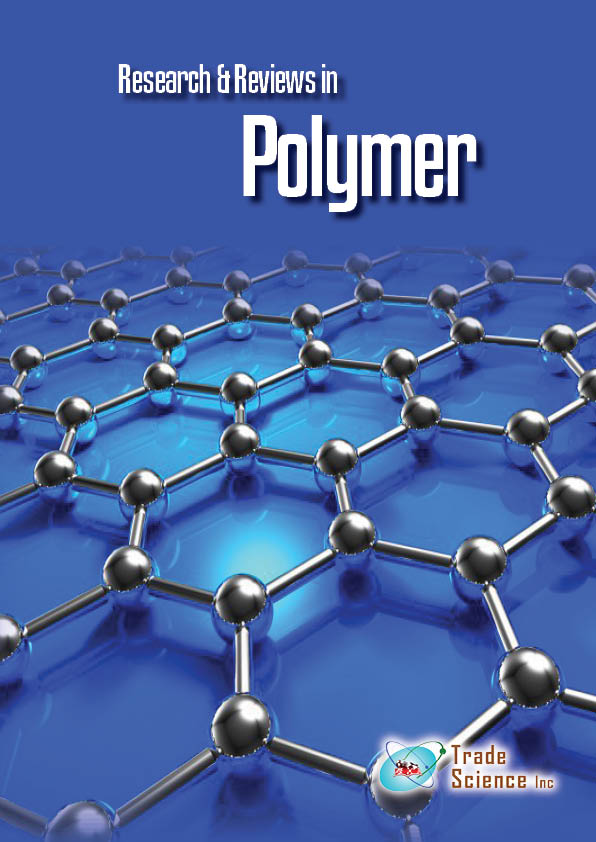Abstract
The phenomenon of celestial bodiesÃÂ influence on the long-range order in polyethylene glycol and its dynamic viscosity
Author(s): K.Zubow, A.Zubow, V.A.ZubowLong-range order in liquid polyethylene glycol with a molecular weight of 400 Da (PEG-400) and in PEG water solutions (up to 0.00001 wt. %) was investigated in the temperature interval 283 – 368 K and at normal atmospheric pressure by the gravitation mass spectroscopy. This structure is represented as collapsed clusters, consisting of 4 and 7 polymer molecules, and as their associates (dimers, tetramers) containing 11, 16 and 22 PEG molecules. It was found that the cluster structure of PEG will be destroyed by water. The number of cluster kinds of PEG remains constantly 50±3 and weekly depends on concentration and temperature. Models for collapsed PEG clusters consisting of 4 and 7 molecules are given. The clusters of 4 molecules are destroyed easily under the light and mechanical influence and under water addition.At the PEG concentration in water of 12±3 wt. % the long-range order changes which is connected with an increasing of the average molecular weight of the PEG clusters. Furthermore, the gravitation radiation of celestial bodies (Sun, Moon, M34, and VIRGOHI21) was found to influence the dynamic viscosity (DV) of PEG.Weak gravitation radiation (GR) of PEG was concluded to interact by resonance with GR of celestial bodies.

